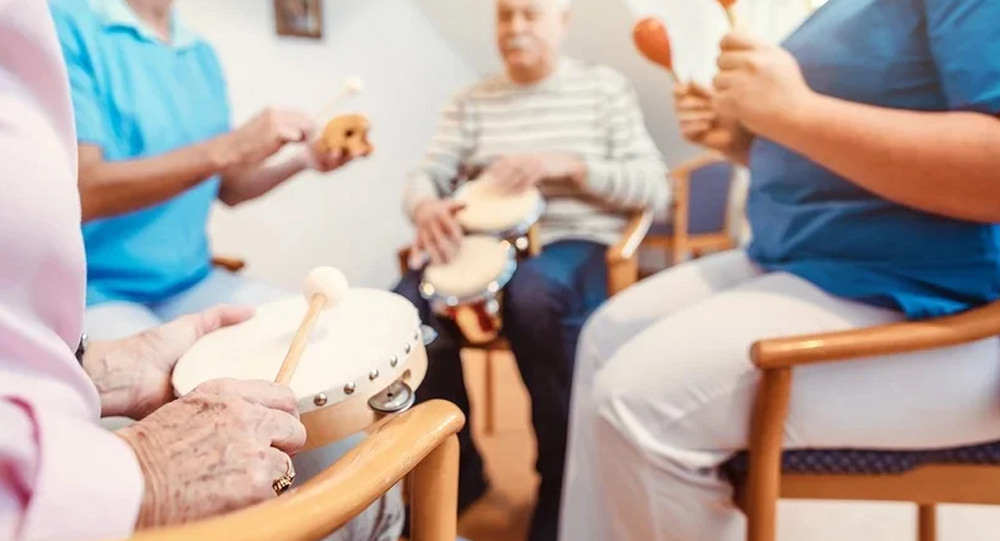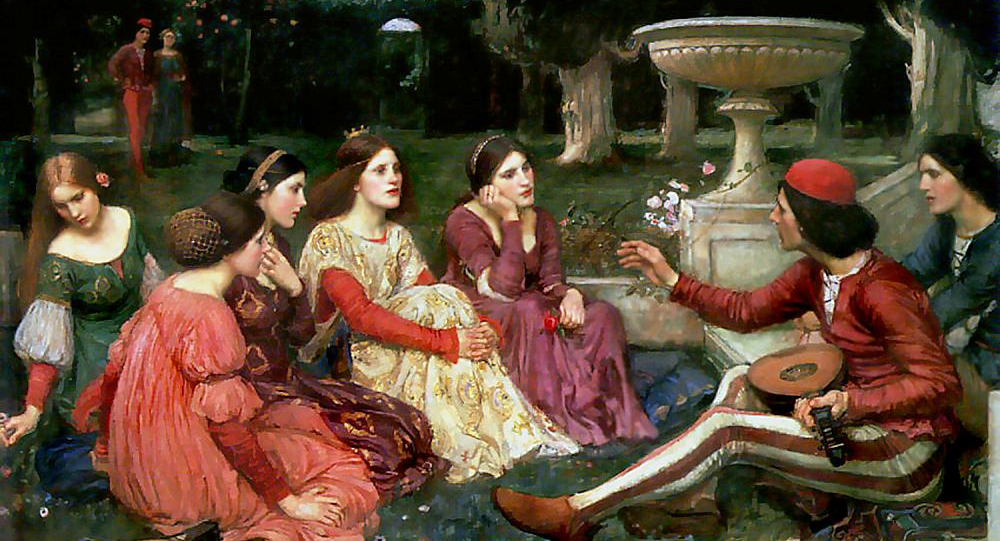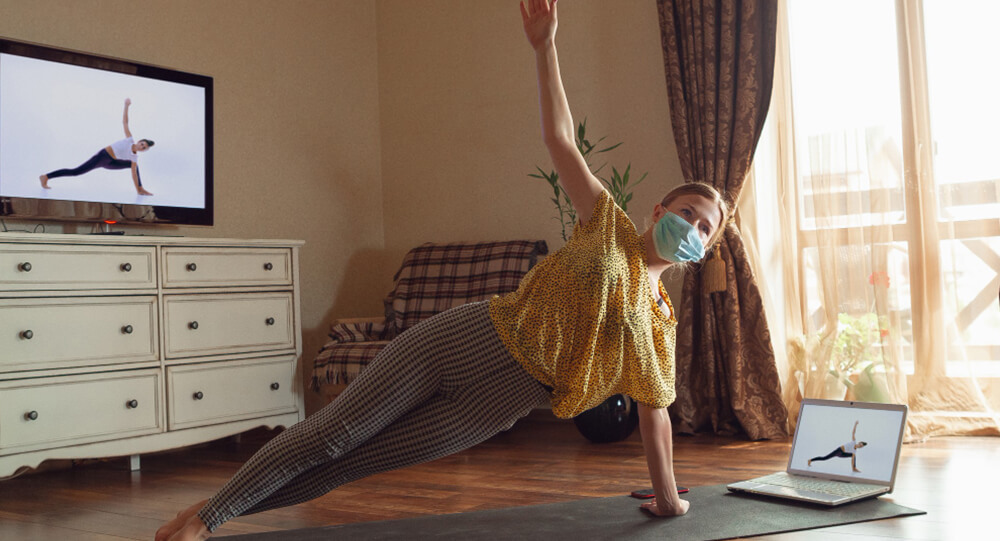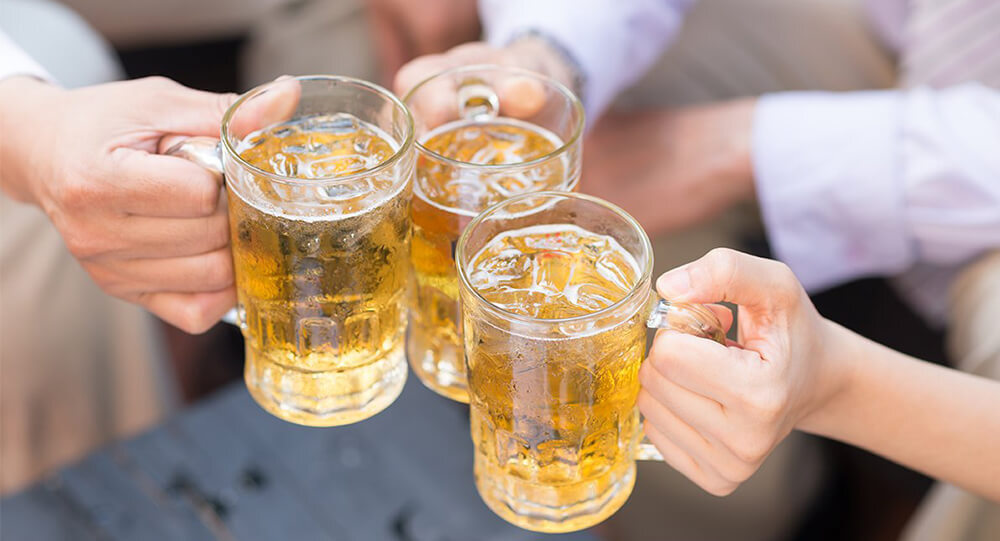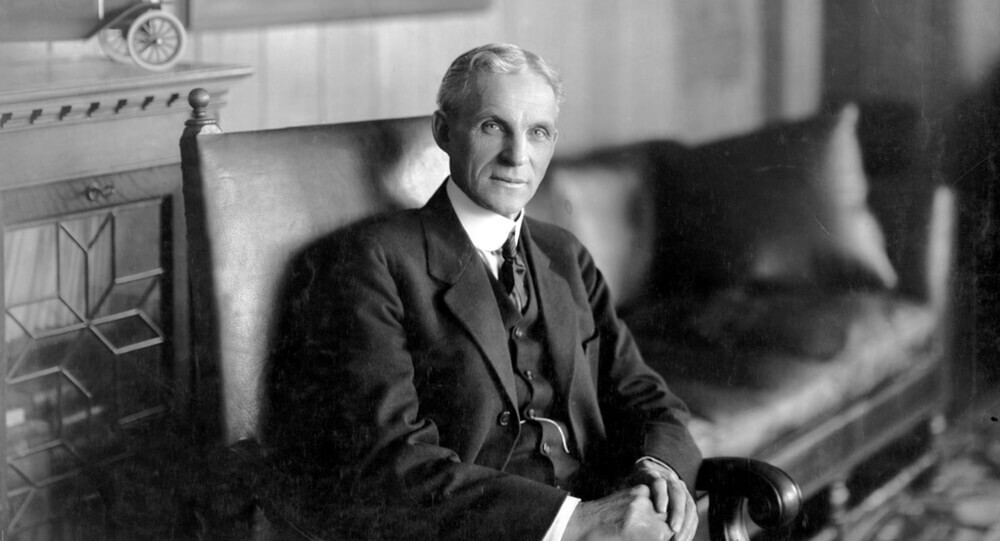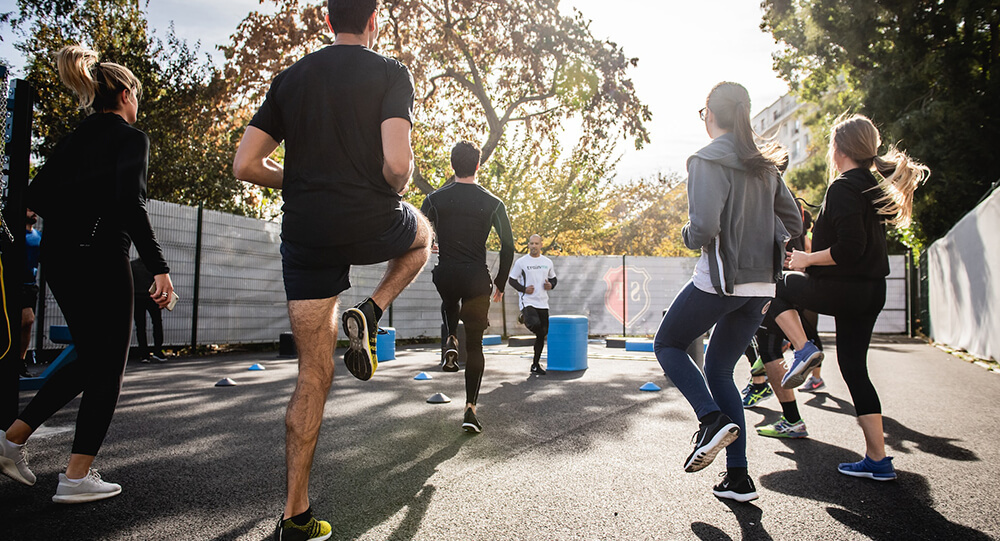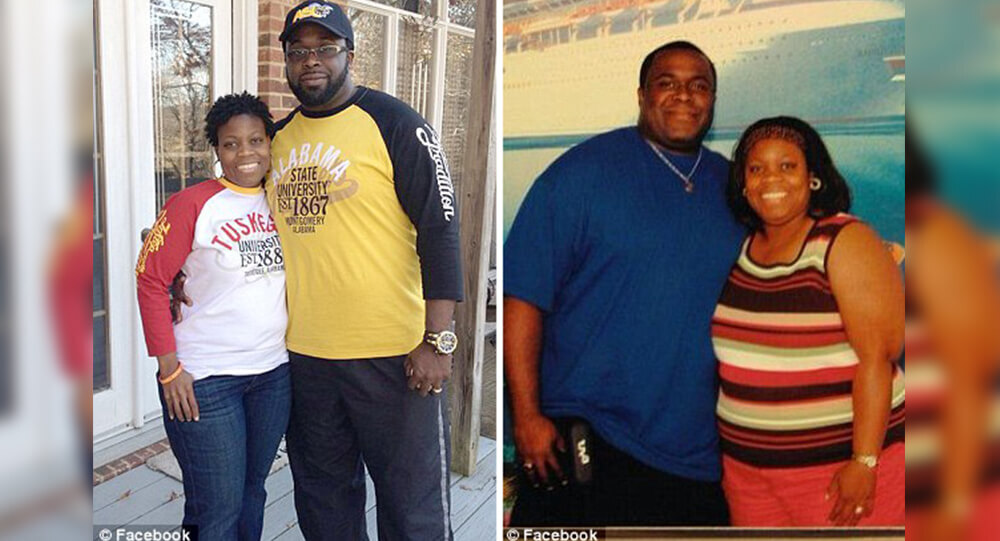Imagine a hospital room where instead of just beeping machines and clinical silence, soothing melodies and rhythm fill the air. That’s the transformative power of music therapy—an evidence-based treatment that uses music to promote healing and improve quality of life. From easing pain after surgery to reducing anxiety in patients with PTSD, music therapy has evolved into a vital complementary treatment across healthcare settings worldwide. So how exactly does music help the brain and body heal? Let’s tune into the science and stories behind this fascinating field.
What Is Music Therapy and How Does It Work?
Music therapy is a clinical practice where trained professionals use music interventions—such as singing, playing instruments, composing, or listening—to address therapeutic goals like pain relief, stress reduction, and cognitive rehabilitation. It is tailored to each patient’s unique needs, making it a versatile tool across ages and conditions.
The underlying magic lies in how music engages multiple brain regions linked to emotion, memory, movement, and attention simultaneously. Listening to or creating music stimulates dopamine release—the brain’s “feel-good” neurotransmitter—boosting mood and motivation. It also modulates the autonomic nervous system, lowering heart rate and blood pressure to promote relaxation.
Studies show that rhythm can help retrain motor pathways, which is why rhythm-based music therapy is powerful for stroke or Parkinson’s disease rehabilitation. Meanwhile, lyrical music taps deep into language centers, aiding recovery in aphasia patients. The multisensory and emotional connection music fosters makes it a unique channel for healing where traditional therapies might fall short.
Physical Rehabilitation and Pain Management
One of the most well-documented roles of music therapy is in physical recovery. For patients recovering from surgeries, injuries, or strokes, music therapy can improve movement, coordination, and endurance. Research reveals that patients engaged in music-assisted exercises demonstrate better motor control and faster functional recovery.
Music also acts as a natural painkiller. The distraction and pleasure it provides reduce perceived pain intensity and anxiety associated with painful procedures. Hospitals increasingly use music therapy during wound care, chemotherapy, and childbirth to decrease reliance on medications and improve patient comfort.
A fascinating study found that post-operative patients who listened to music reported significantly less pain and used fewer opioids than those who didn’t. Beyond pain, music helps reduce inflammation and improves immune response, contributing holistically to recovery.
Mental Health Support: Anxiety, Depression, and PTSD
Beyond physical ailments, music therapy plays a vital role in managing mental health conditions. Anxiety and depression are prevalent challenges, especially in chronic illness settings. Music therapy provides an outlet for emotional expression, reduces cortisol levels (the stress hormone), and fosters social connection—key components of mental wellness.
For trauma survivors, especially those with PTSD, music therapy offers a non-verbal medium to process distressing memories and rebuild trust. Combining mindfulness and rhythmic elements, therapists help patients regulate emotions and develop coping mechanisms.
Group music therapy sessions add social engagement benefits, counteracting isolation and supporting community—a crucial factor in recovery and long-term mental health.
Cognitive Benefits and Neuroplasticity
One of the most exciting frontiers in music therapy is its impact on cognition and brain plasticity. Neuroplasticity—the brain’s ability to reorganize and form new connections—is central to recovery in conditions like stroke, dementia, and traumatic brain injury.
Music-based interventions can enhance memory recall, attention span, and processing speed. In Alzheimer’s patients, familiar melodies evoke vivid memories and improve mood, sometimes breaking through severe cognitive decline.
Moreover, rhythm and melody stimulate brain regions involved in executive functions, language, and sensory processing. Regular music therapy sessions encourage brain rewiring that supports improved cognitive function and slows mental deterioration.
Fascinating Trivia About Music Therapy
- Music therapists often tailor rhythms to a patient’s heartbeat or breathing, syncing music to optimize therapeutic impact.
- Music therapy dates back thousands of years—ancient Greeks used music to heal the mind and body.
- Studies show that even premature infants exposed to soothing music gain weight faster and have more stable heart rates.
- Some military hospitals use music therapy to help injured veterans reintegrate emotionally and socially.
- Famous composers like Mozart and Beethoven have been posthumously linked to “music therapy effects” through the so-called Mozart effect—though modern science provides a more nuanced understanding.
Final Thoughts: The Harmonious Path to Healing
The role of music therapy in healing and recovery is a compelling blend of art and science. It leverages the universal language of music to unlock the body’s natural healing potential, providing an accessible and often joyful complement to conventional treatments.
Whether it’s helping a stroke patient relearn movement or easing a cancer patient’s pain, music therapy touches lives in profound ways. It reminds us that healing isn’t just physical—it encompasses emotion, cognition, and social connection.
As research advances and awareness grows, music therapy is poised to become an even more integral part of healthcare worldwide. So next time you listen to a favorite song, remember—you might just be tuning into your own healing power.
If you found this article helpful, share it with someone who could benefit and follow for more insightful wellness and science stories!

Why Laughter Is Good for Your Health: The Science Behind the Saying
Laughter has long been called "the best medicine," and science is now confirming this old wisdom. Beyond being a social bond and mood booster, laughter triggers a cascade of physiological benefits that improve our heart health, immune system, and mental well-being. This article explores the science behind why laughter is so beneficial, its surprising effects on the body, and how incorporating more laughter into your life can enhance overall health.

30 Interesting Facts About Sleep
What makes you sleep? Okay, we know it seems like a simple question with a simple answer, but scientists have yet to completely understand it. In reality, it should have been on our list of the 25 greatest historical mysteries. Researchers have been able to track brain waves and learn a little bit about what goes on in our heads at night using advanced technology for the last few decades.

8 tiny practices with a big impact on your body
There are no quick fixes when it comes to getting fit. To avoid dieting and exercising, there aren't any tricks.

Can lemons really prevent kidney stones?
Drinking lemonade helps keep kidney stones from forming. Useful if you are prone to kidney stones. Lemons have the highest concentration of citrate – a natural inhibitor of kidney stone formation – of any citrus fruit. In a recent study conducted by Sur, lemonade therapy – drinking four ounces of reconstituted lemon juice in two liters of water per day – was shown to decrease the rate of stone formation from 1.00 to 0.13 stones per patient.

How the Scent of Rosemary Can Boost Memory and Concentration
For centuries, rosemary has been more than just a kitchen herb—ancient students and scholars believed its scent improved memory and focus. Modern science is now validating these claims with research showing that simply smelling rosemary oil can enhance memory performance and concentration. This article explores the fascinating history, scientific findings, and practical ways rosemary’s aroma can sharpen the mind and reduce anxiety.

Food for brain power
Paying attention to your diet can truly pay off, whether you want to optimize your nutrition during exam season or stay bright in your next business meeting. Although there is no specific 'brain food' that will prevent you from age-related illnesses like Alzheimer's or dementia, thinking about what you eat can help you acquire the nutrients you need for cognitive health and mood.

How Gut Health Affects Your Immune System
Your gut is more than just a digestion center—it’s a powerhouse influencing your immune defenses. Trillions of microbes living in your intestines interact closely with your immune system, shaping its development, responses, and balance. This article unpacks the fascinating science behind the gut-immune connection, revealing why nurturing gut health is key to staying resilient against infections and inflammation.

Workouts for Remote Workers at Home
Many people have recently become remote employees as a result of work-from-home instructions from businesses all around the world. And, with many parks, beaches, and gyms closed owing to the threat of COVID-19 spreading, people seek safe ways to stay active and healthy through solo workouts to avoid putting themselves in danger.

Common Habits that have a bad effect on Your Liver
The importance of your liver should come as no surprise. Filtering blood from the digestive tract, detoxifying toxins, metabolic function, and much more are all responsibilities of this crucial organ. That's why it's important to understand how certain lifestyle choices might jeopardize your liver's health, which, in turn, jeopardizes your entire health.

Henry Ford, The man popularizing the concept of the weekend off
Henry Ford was the first Industrial Giant to give his employees both Saturday and Sunday off in the hope of encouraging more leisurely use of automobiles and thus popularizing the concept of the "weekend."

The Science of Intermittent Fasting: Unpacking Its Benefits and Risks with the Latest Research
Explore the science behind intermittent fasting—how it works, its health benefits like weight loss and improved metabolism, and possible risks. Learn what experts say about this popular eating pattern.

5 Ways to Make Exercise a Regular Part of Your Routine
Maintaining a healthy lifestyle and general wellbeing requires regular exercise. Finding the drive and perseverance to exercise frequently can be difficult for many people. These practical tips can help in that situation.

Husband saves wife's life by donating kidney after spending a year dieting and exercising
In 2015, PJ Spraggins saves wife’s life who suffers from Lupus by donating kidney after spending a year dieting and exercising to get his blood pressure low enough for surgery.

The Rise of Fermented Foods: How They Improve Digestion, Immunity, and Wellness
Fermented foods are taking the spotlight as a powerful health trend in 2025, celebrated not only for their distinctive flavors but for their profound benefits on digestion, immunity, and overall wellness. From traditional staples like kimchi and yogurt to new probiotic products, fermented foods are reshaping diets worldwide. Dive into the science behind their rise, their health-promoting qualities, and easy ways to add them to your daily meals.

